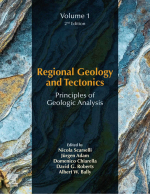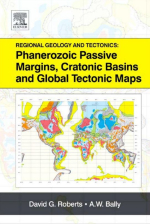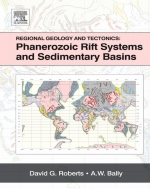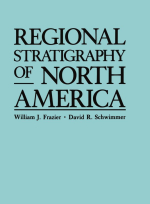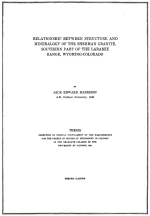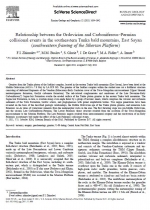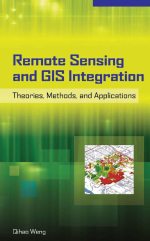Granites from the Tunka pluton of the Sarkhoi complex, located in the eastern Tunka bald mountains (East Sayan), have been dated at the Middle Ordovician (462.6 ± 7.8 Ma) by LA ICP MS. The granites of the Sarkhoi complex within the studied area cut a foldthrust structure consisting of deformed fragments of the Vendian (Ediacaran)–Early Cambrian cover of the Tuva–Mongolian microcontinent (Upper Shumak metaterrigenous formation, Gorlyk carbonate formation). The red-colored conglomerates and sandstones of the Late Devonian–Early Carboniferous(?) Sagan-Sair Formation overlie the eroded surface of the Tunka pluton granites in the eastern Tunka bald mountains. The Sagan-Sair Formation, in turn, is overlain along a low-angle thrust by a group of tectonic sheets, which comprises the volcanic and carbonate sediments of the Tolta Formation, biotitic schists, and plagiogneisses with garnet amphibolite bodies. Two nappe generations have been revealed on the basis of the described geologic relationships, the Middle Ordovician age of the Tunka pluton granites, and numerous Late Paleozoic Ar–Ar dates of syntectonic minerals from the metamorphic rocks in the area. The first thrusting stage was pre-Middle Ordovician, and the second, Late Carboniferous–Permian. The Lower Paleozoic thrust structure resulted from the accretion of the Tuva–Mongolian microcontinent to the Siberian Platform. The Late Paleozoic nappes resulted from intracontinental orogeny and the reactivation of an Early Paleozoic accretionary belt under the effect of the Late Paleozoic collisional events





